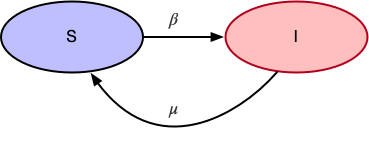AWS Networking – Part III: VPC Verification Using AWS CLI
VPC Verification Using AWS CLI
We can verify our VPC configuration by using AWS CLI. Example 1-1 shows the output for command aws ec2 describe-vpc in JSON format. This command lists all our VPC resources with their properties. The first one is the newest VPC NVKT-VPC-01, and the second one is the default VPC which I have named DFLT-VPC. The first VPC gets ordinal zero [0], and the second VPC gets number one [1]. Note that ordinal numbers are not shown in the output. VPC properties describe the VPC-specific CIDR Block, DHCP Options, VPC Identifier, Owner Id, CIDR Block Association, and Tags.
aws ec2 describe-vpcs
{
"Vpcs": [
{
"CidrBlock": "10.10.0.0/16",
"DhcpOptionsId": "dopt-09217361",
"State": "available",
"VpcId": "vpc-04ef72cc79a73f82e",
"OwnerId": "123456654321",
"InstanceTenancy": "default",
"CidrBlockAssociationSet": [
{
"AssociationId": "vpc-cidr-assoc-0379c0e3e854f43ff",
"CidrBlock": "10.10.0.0/16",
"CidrBlockState": {
"State": "associated"
}
}
],
"IsDefault": false,
"Tags": [
{
"Key": "Name",
"Value": "NVKT-VPC-01"
}
]
},
{
"CidrBlock": "172.31.0.0/16",
"DhcpOptionsId": "dopt-09217361",
"State": "available",















